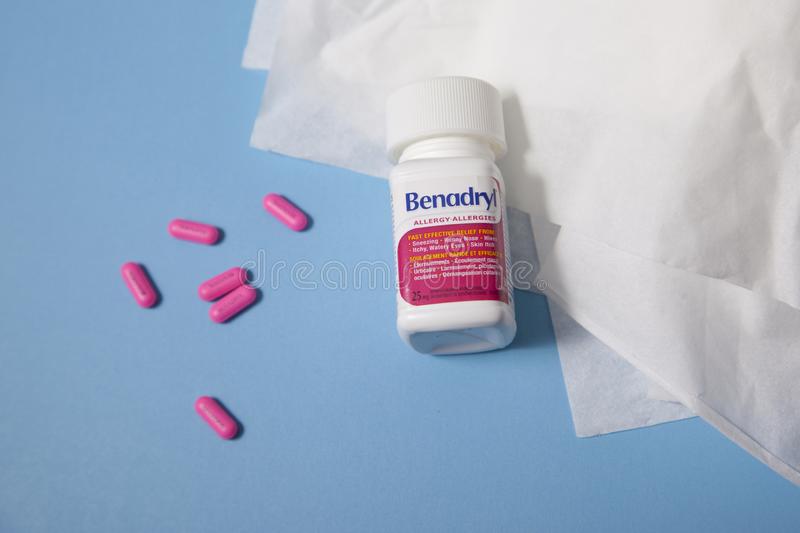The use of antihistamines for patients with multiple sclerosis is curious. Most Physicians prescribe Benadryl or another antihistamine as a precaution for reducing the likelihood or severity of an infusion reaction during MS treatment. Recent studies suggest an antihistamine’s role in improving electrical signal transmission across nerves, but there are not enough studies to prove this. This article will highlight how Benadryl, or any other antihistamine, works.
What is Benadryl?
Benadryl is the brand name of a first-generation antihistamine called diphenhydramine. This is a drug that interferes with the action of histamine, which is a chemical produced by types of white blood cells and involved in your body’s immune response to allergens in your body. Histamine is released in excess in cases of hypersensitivity to any drug, resulting in itchy skin, skin rashes and wheels, a runny nose, and other reactions; even this can progress to anaphylaxis.
How can Benadryl perform its action?
Histamine is capable of mediating these actions through its H1 (histamine receptor type 1) receptor, while Benadryl and antihistamines work by competition with histamine, however they do not displace the histamine bound to the receptor, but block the free H1 receptors. Hence, antihistamines are most effective in preventing immediate allergic reactions, and in the case of developed allergies, prevent the release of more histamine, so prevent your body’s response to these allergens and thus, can ease your allergy symptoms.
What are the available forms of Benadryl?
Benadryl is available in many forms, and is available by prescription and over the counter. Some are taken orally, some are applied topically to the skin, and some are administered via injection.
The use of this antihistamine plays a prophylactic role and can help you avoid adverse effects, such as allergic reactions to infusions.



